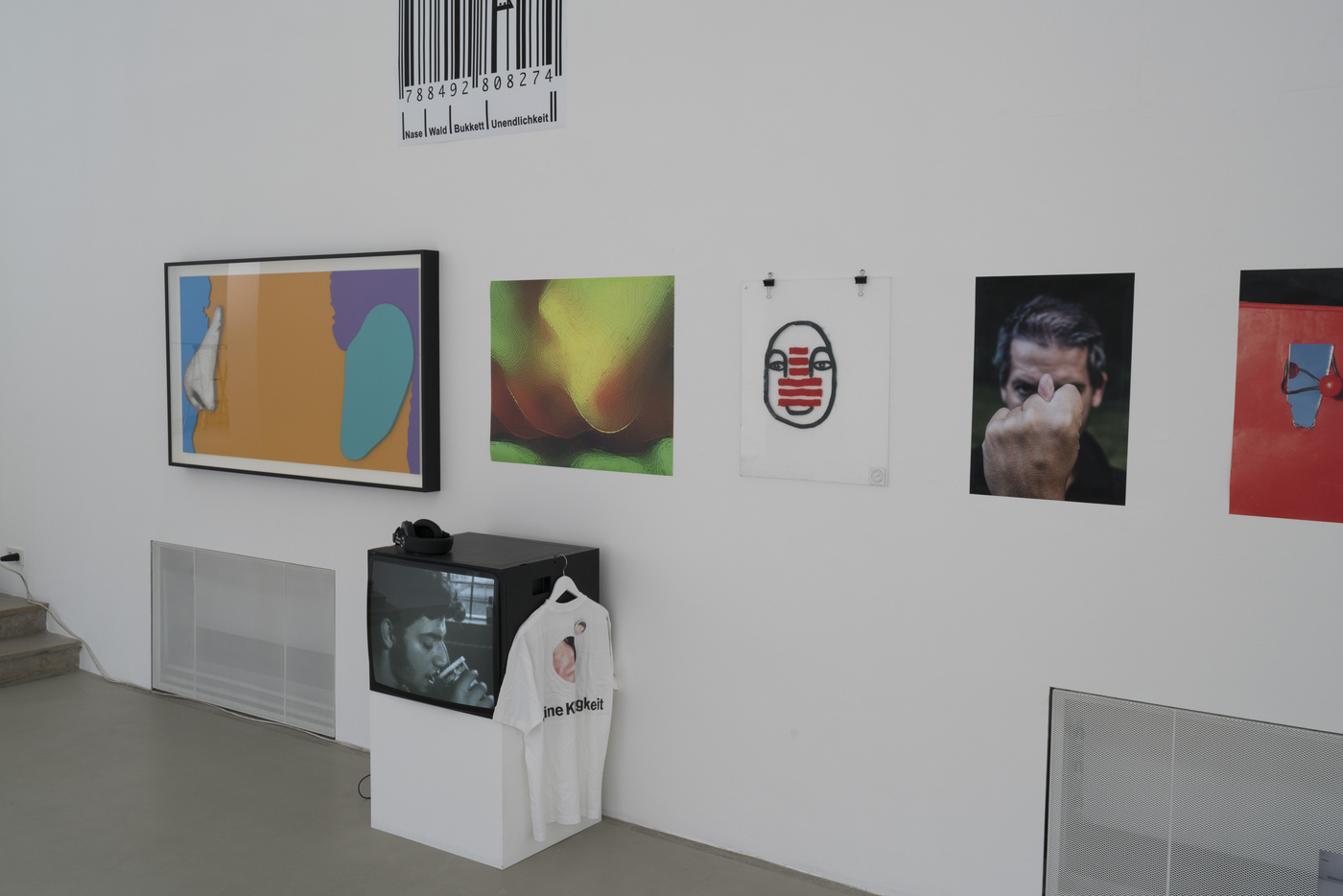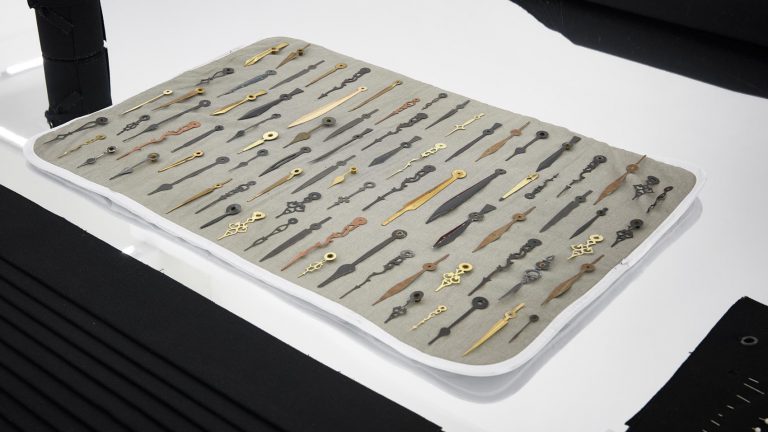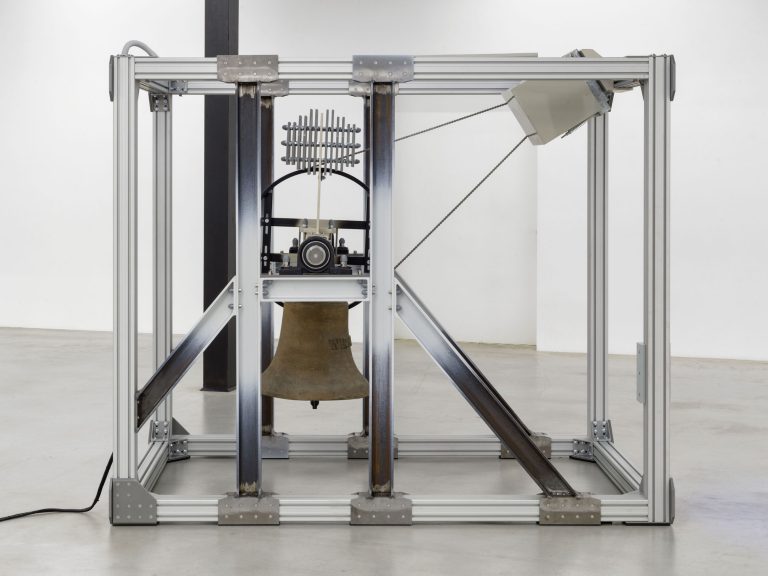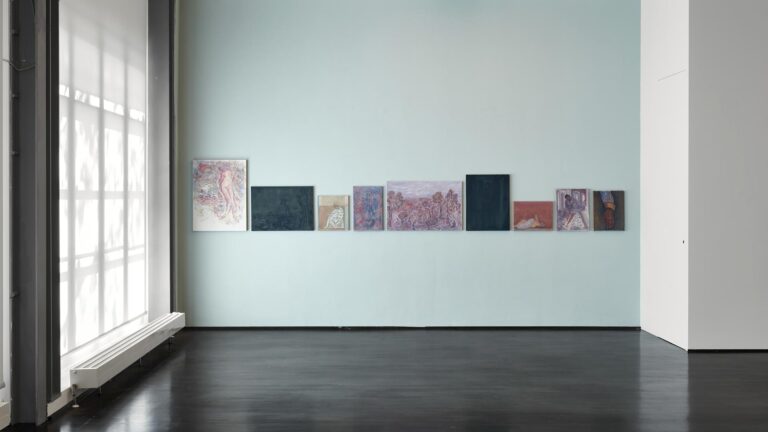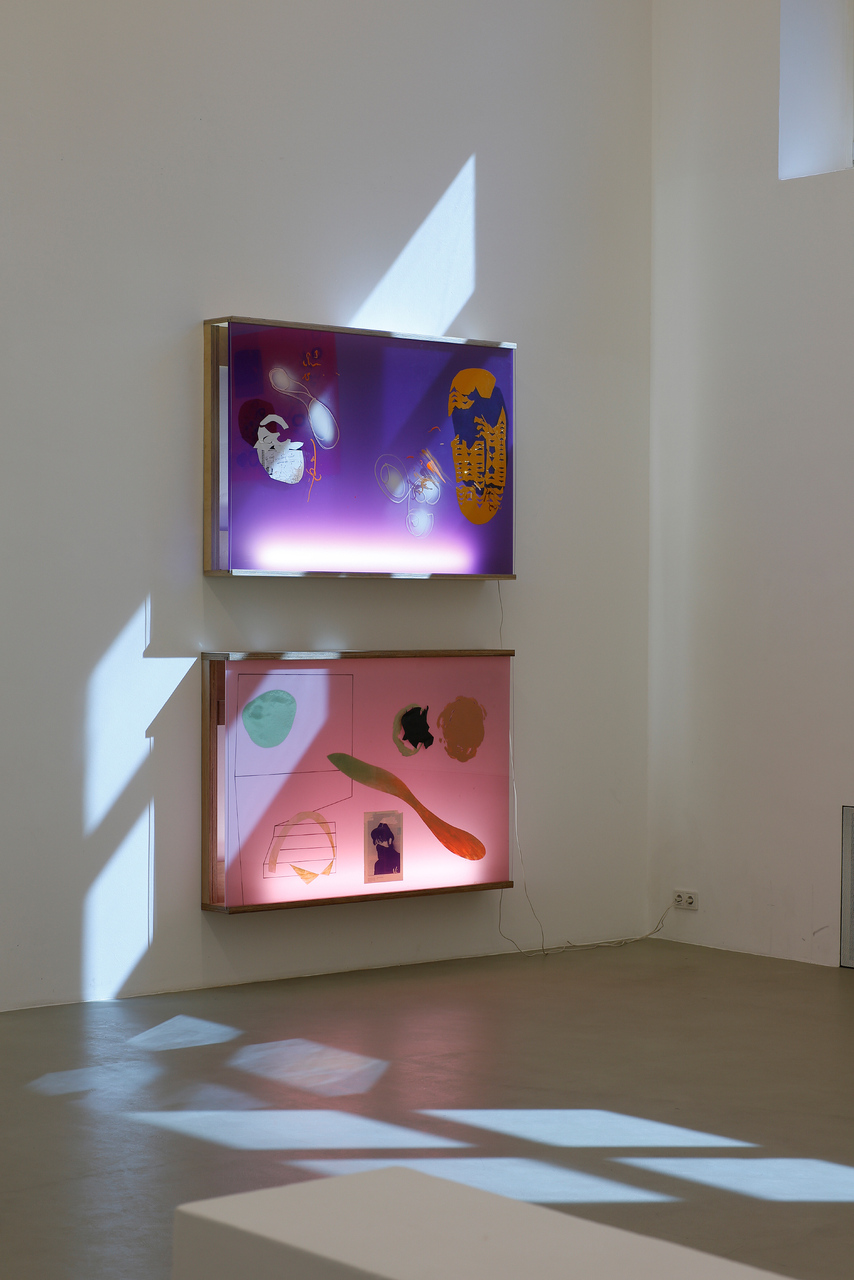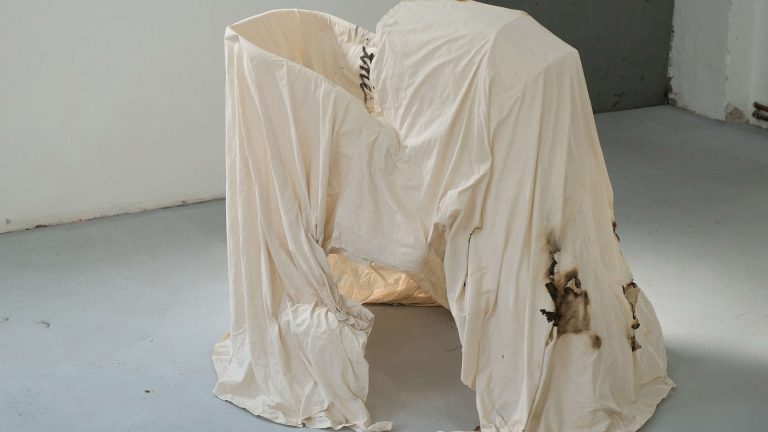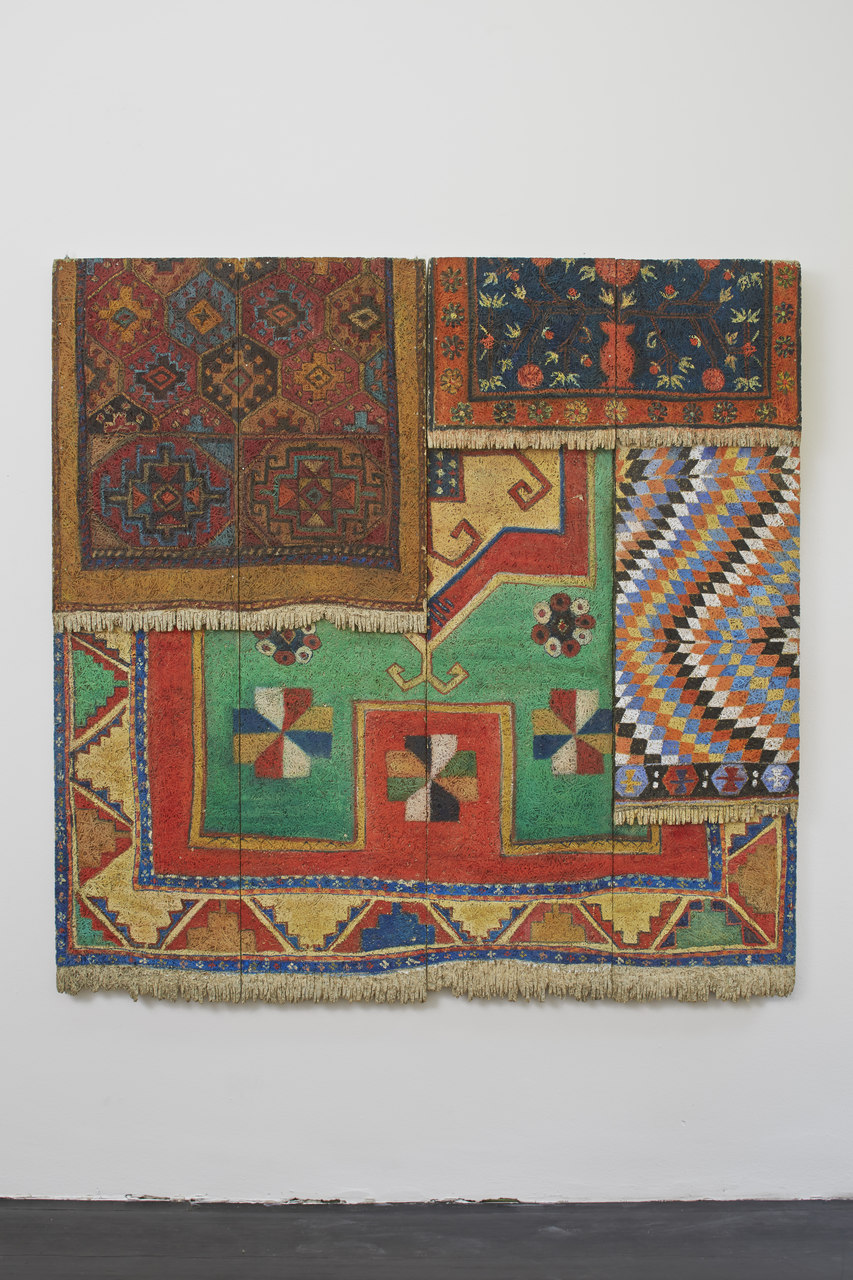Artist: Darius Mikšys
Exhibition title: Hayward & Tamayo
Venue: Kunstverein München, Munich, Germany
Date: September 24 – November 20, 2016
Photography: all images copyright and courtesy of the artist and Kunstverein München
Note: Pinocchio by Darius Mikšys can be found here
From 24 September until 20 November 2016, Kunstverein München ecstatically presents Hayward & Tamayo – an exhibition by Darius Mikšys, with works by the Hayward Gallery in London and the Museo Tamayo Arte Contemporáneo in Mexico City, a virtual performance enacted remotely within the computer game ‘Halo’, and later, an ‘Artists Parents Meeting’ hosted by Mikšys within the 2016 Jahresgaben exhibition.
Darius Mikšys is an artist, but his interest in ‘art’ lies primarily in its adaptability – as a sphere of production and discourse with a revolving door. In other words, to be an artist is to pick the locks on every other field, and continually trespass. To churn away solely within the reproductive system of art is, for Mikšys, a negation of the multifarious quantum positions an artist can occupy and, therefore, to miss the boat.
A sensitive surveyor of social arrangements, Mikšys operates as an “imagician” who generates practical tools or programming to reimagine seemingly stable and self-organizing structures. He enters into different systems – from the normal goings-on of museums and art galleries, to the habits of seagulls, dolphins, or people, to the workings of governmental and social institutions – considers their conditions, routines, limits, and parameters, and then persuades a reordering and self-awareness that induces the system to readjust using its own elements.
Occupying the Kunstverein’s three main exhibition rooms, Hayward & Tamayo derives from an ongoing series of works entitled Pinocchio, where Mikšys invites art institutions to create an artist and an artwork in one piece, establishing a new entity in the art scene. He didn’t ask the museums to curate an exhibition, nor to invite another artist to make the work, but instead asked each institution to create an artwork collectively – institutional affirmation, rather than institutional critique. Mikšys considers how the ‘leakage’ of various artists’ personalities and artworks have impacted institutions and proposes that the fusion of these experiences could possibly produce an ‘ultimate artist’ – an autonomous, artificial entity that is more than the sum of its parts.
The title, Hayward & Tamayo, sounds like a law firm, a TV cop duo, or even a sandwich. But the exact choice of the two institutions is significant: both are named after a specific person – an artist and a civic leader, respectively – and each institution has an entirely different history, cultural setting, institutional structure, and mission, forging their own hybridised identities. Yet convergence theory states that members of a system will develop similar traits over time, and, as vital supports for contemporary art and artists, these institutions are perhaps more alike than different.
Mikšys often alters the relationship between art, artists, institutions, and society as a whole. For the Lithuanian Pavilion in the 54th Venice Biennale in 2011, Mikšys invited all Lithuanian artists who had received a grant from the Ministry of Culture to present their work, surveying the socio-economic and productive conditions of artists in his home country, and proposing the state as a curator of a continuously changing narrative of collective identity. His works question the extent that art can be an organizing factor for life and tests how the order of things can be enhanced, reversed, or reappraised by introducing new entities and activities into specific environments, revealing visions of future arrangements.
During the exhibition, the Kunstverein will also host a participatory performance by Mikšys in the Kino, during which we can witness a virtual performance by the artist within the computer game ‘Halo’. And after the exhibition, Mikšys follows art directly to its source by inviting the parents of artists exhibiting in the Kunstverein’s 2016 Jahresgaben exhibition to an ‘Artists Parents Meeting’. In his quasi-private event, Mikšys will prompt these ‘creators of the creators’ to explore how their long-time care and support has enabled their children to become (and remain) artists.







